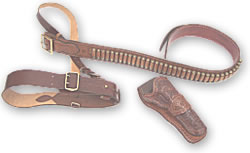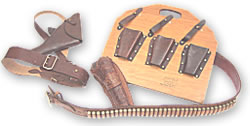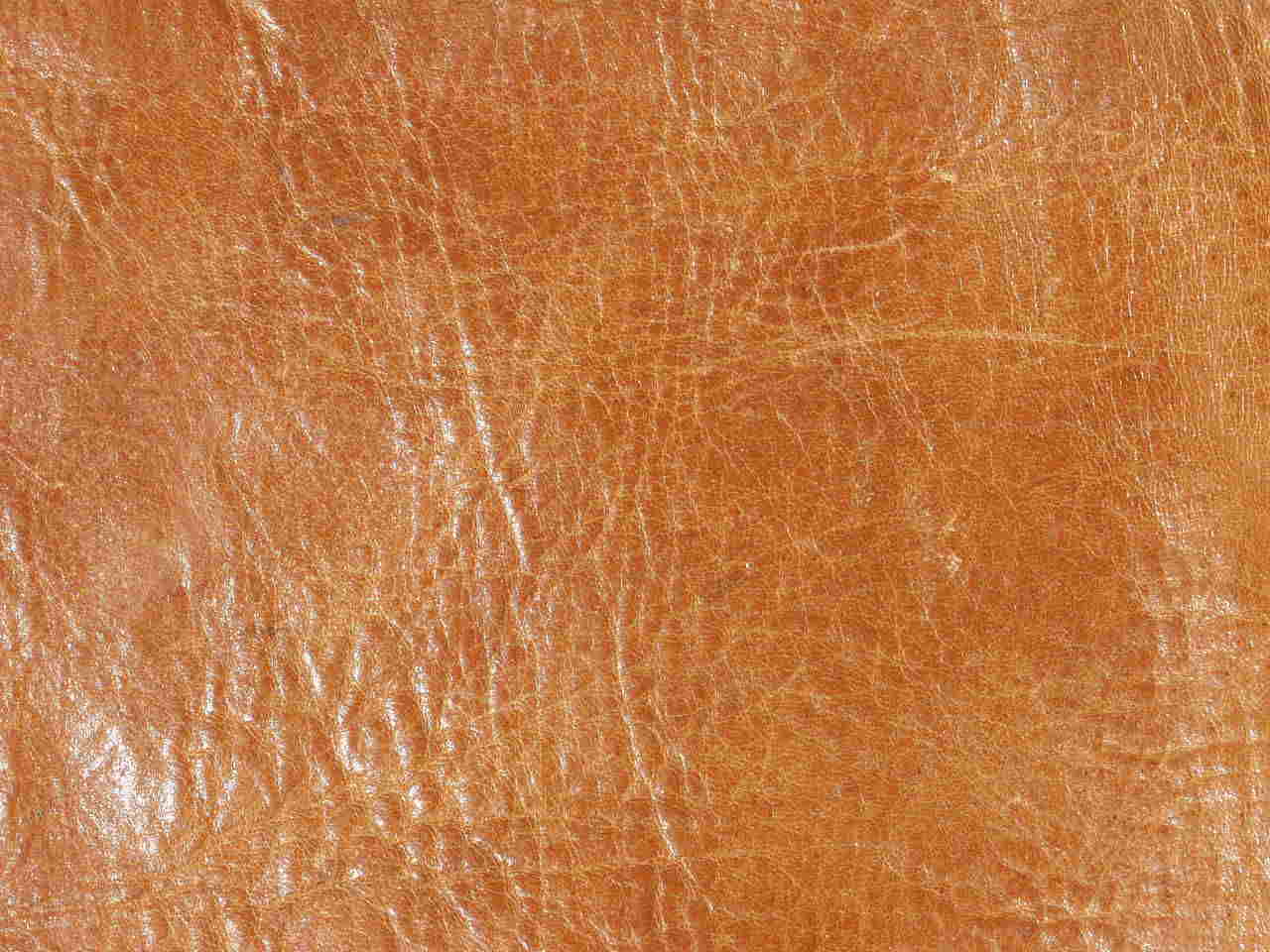Leather Dressing - Treatment & Care
Fine Leather Deserves Good Care
The appropriate treatment of a leather item depends upon its condition, or the degree of deterioration when treatment is started. Leather deteriorates largely by four means:
-
 Oxidation is most readily seen in very old dry leather, with surface cracking and flaking, and over-all weakness. Oxidation will eventually turn leather to dust. It is inhibited by a thorough impregnation with an inert dressing which coats the fibres. Leather items should not be sealed in a display case and forgotten - they must be kept full of dressing. Oxidation is most readily seen in very old dry leather, with surface cracking and flaking, and over-all weakness. Oxidation will eventually turn leather to dust. It is inhibited by a thorough impregnation with an inert dressing which coats the fibres. Leather items should not be sealed in a display case and forgotten - they must be kept full of dressing.
-
Chemical damage can be through the effect of ultraviolet light, ozone, acid from sulphurous and nitrous pollutants in the air, or through chemical action following treatment with tallow or neatsfoot oil compounds. Both oxidation and chemical damage occur faster at higher temperatures. Leather should be stored away from heat, and not needlessly exposed to sunlight.
-
Internal chafing or breaking of fibres occurs when dry leather is flexed. A lubricant is essential to allow the fibres to slide one against the other. Dry leather should not be flexed prior to thorough lubrication.
-
Abrasion can be external, from rubbing on the outside, or internal from dirt particles ground into the leather.
The First Treatment
Use your fingers (Pecard Leather Dressing is clean to use and nearly odourless), to apply the paste to all surfaces of the leather item. Take care to avoid any non-leather areas. Place the item on a non-absorbent surface, at room temperature, for a few days until Pecard gently softens old fibres. NEVER artificially heat leather or set old leather in the sun. If the paste is completely absorbed, reapply a lighter coat and wait another day. When the paste remains on the surface, wipe it off with a clean, lint free cloth. Buff with a soft shoe brush and watch the leather GLOW with life. If the leather surface is not flaking, buff with a lint free cloth for a higher, sleeker shine.
Subsequent Treatments
Antique leather in dry climates will require more frequent re-treatment with Leather Dressing - approximately every 4 to 6 months. For less dry climates, a 6 to 8 month schedule is adequate. In either case, a lighter application may be made and the period for absorption will be shorter.

A whitening of the surface of some treated leather can occur if the temperature drops low enough to harden the heavier oil in the leather treatment. Do not worry, this is totally harmless - the residue can be wiped off with a soft, absorbent rag, or gently buffed off with a soft shoe brush.
For dirty, but smooth-surfaced antique leather, use saddle soap applied with a shaving brush for a soft foaming action, then gently wipe with a clean, moist sponge. After a short drying period, apply the Leather Dressing to your clean leather article. Despite the gentle nature of this procedure, flaking leather will continue to flake during this cleaning process.
Leather Aging and Colour Change
Pecard is colourless and adds no colour to leather. However, tanning, heat, dry air, wetting and drying, sunlight (ultraviolet rays), constant humidity, bacteria, stress and salts from the body, can cause a piece of leather treated with Pecard to slightly change colour. Pecard restores life to leather and gives it a healthy glow, halting fibre breakdown due to dryness.

Pecard
can prevent further damage to already damaged leather products and keep new leather products beautiful. New leather contains certain oils for suppleness. The fibre bundles are long and strong, as oils dry out, these bundles stiffen and break. The fibre bundles require neutral moisture and lubrication - both of which are safely provided by Pecard Leather Dressing. The density of Pecard ensures that, once leather absorbs its needs, further treatment will not be required for some time.
Unless leather is treated correctly, it will rot.
The choice is simple - treat and save the article with PECARD LEATHER DRESSING.
The pictures on this page
-
A British Army Issue Axe, Broad Arrow stamped, manufactured by B.W. Gilpin, dated 1950. hardwood handle, complete with leather holster and belt clip. Also a Fireman's Axe with metal handle and integral torch, complete with leather holster and leather belt with original heavy buckle.
-
A .44 Magnum Western gun belt, complete with dummy ammunition and matching Western Holster. Also aBritish Army Issue 'Sam Brown' leather belt and shoulder strap, circa WWII.
-
As 2. together with a British Military leather pistol holster by Pulley &Powell, dated 1917. Also a United States Navy Issue Boarding Party Pistol Board designed to hold 6 x .45 Colt Auto Pistols, Model 1911-A1.
Photographs of leather
www.oldnautibits.com
|
